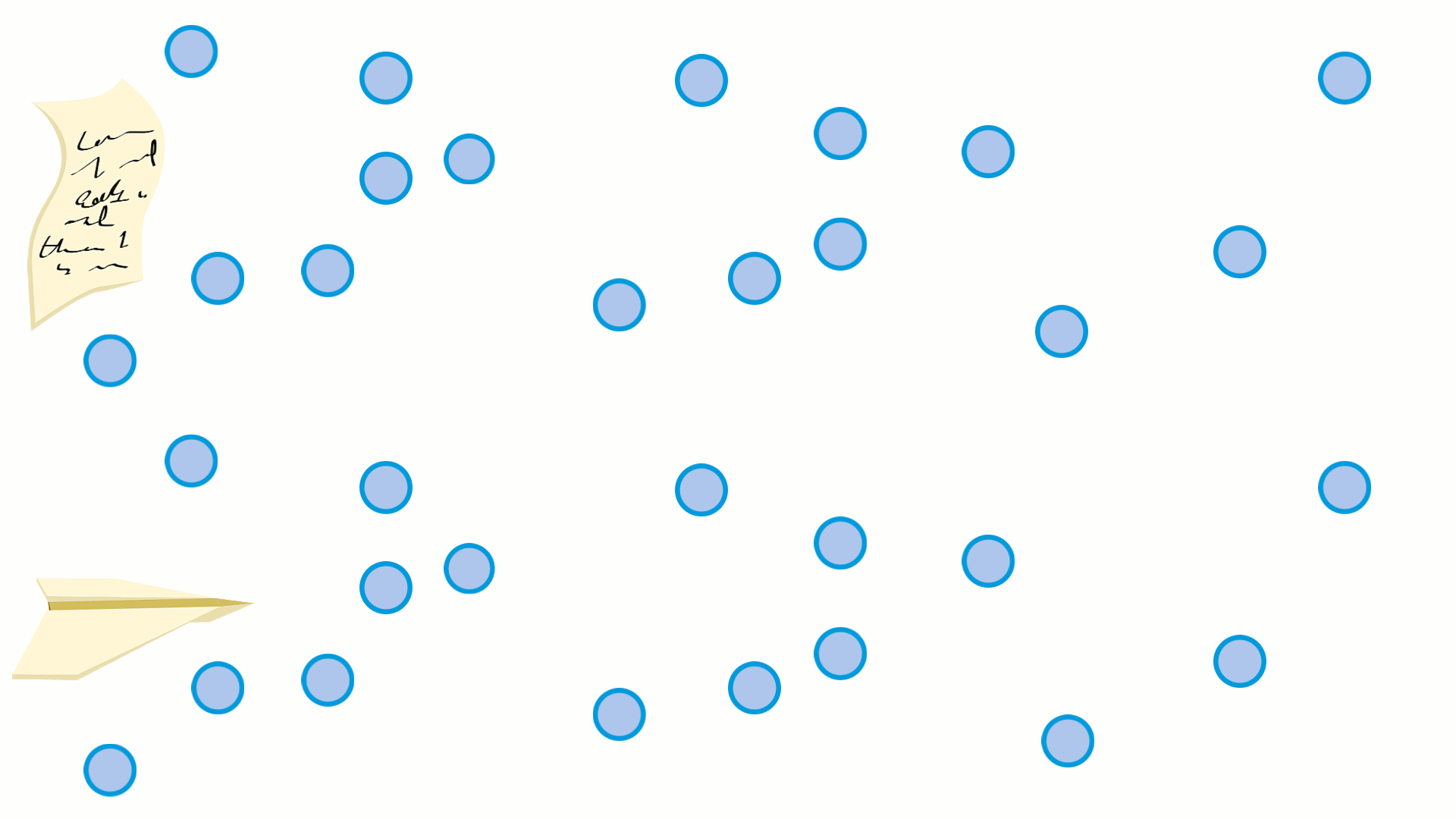Launch FAQ
Launch an Object - More Questions?
Simple answer
Imagine you’re riding a bike – you’ve pedalled really hard for a while so now you’re going fast. If you stop pedalling, does the bike stop straight away or do you carry on moving?
The bike carries on and you roll across the field without putting in any extra effort because you build up loads of momentum. Momentum is how much effort it would take to stop something from moving or get it moving in the first place. Making something heavy move takes more effort (than making something light move) so it has more momentum. Making something move faster takes more effort (than rolling it slowly) so it has more momentum.
Complicated answer
To make something move you have to apply a force to it. Everything that is currently still will stay still until something makes it move – that's Newton’s First Law of Motion! The amount of force it takes to move something heavy, or to make it move really quickly, is greater than a light, slow moving object. Compare pushing a toy car vs a real car for example. Momentum is how much energy a moving object has built up. When you stop pushing your object it will continue to move for a while, with energy being taken away by friction, and how far it goes before it stops depends on how much momentum is had to start with.
Simple answer
Move your hand around really quickly – can you feel the wind pushing back at your hand? There is air all around us – otherwise we wouldn’t be able to breathe, so it’s good that it is there – and we have to move through that air. While we move, we have to shift all the air out of our way. We push the air that is in front of us out to the sides so we can move through. This takes quite a lot of effort, you’re just so used to it now that you barely notice it. Moving all this air does take a lot of energy away from a moving object though – especially if your object is big (think of the sail on a boat catching loads of air) or moving really fast. Air resistance will slow a moving object down until it stops so if you want an object to really fly it must be able to move through the air easily – we call these shapes aerodynamic.
Complicated answer
To move through air we have to move all the molecules of gas in our way. This takes some energy – we have to apply force to those air molecules to get them to move and we have to give them momentum. This energy has to come from somewhere! For us people we are so used to moving air that we barely ever notice it – until we are moving really quickly. Have you ever felt the wind pushing you back on your bike? That’s powerful air resistance.
Moving the air will take momentum away from your flying object until it slows down and crashes. We need to reduce this air resistance if we want our object to carry on flying – we want all the momentum we give our object to be used to move forwards, rather than be stolen away moving air molecules! The more aerodynamic a shape is the easier it will find moving through air.

Pointy shapes move through air more easily!
Simple answer
Pointy shapes can move through the air more easily than a big flat object. It’s like the difference if someone asked you to climb straight up a wall or walk up a ramp – it's way easier to go up the ramp! Pointy objects act like ramps for the air. Compare how much air you can feel rushing past your hand when your hand is sideways (like you're doing a karate chop) or flat (like you're high five-ing the air).
Complicated answer
Compare two objects - like in the animation above - that have the same amount of weight but one is pointy and one is flat. The flat one has a larger area facing the direction it is travelling in. If you take the distance the piece of paper has moved and multiply that by the area of the piece of paper you will get a volume - the volume of air that needs to move for the paper to get past.
We can reduce the area of the piece of paper by folding it up into a pointy shape - like the paper aeroplane. To move the same distance, the volume of air that needs to move is much smaller. We need to reduce the area that is exposed to the air.
